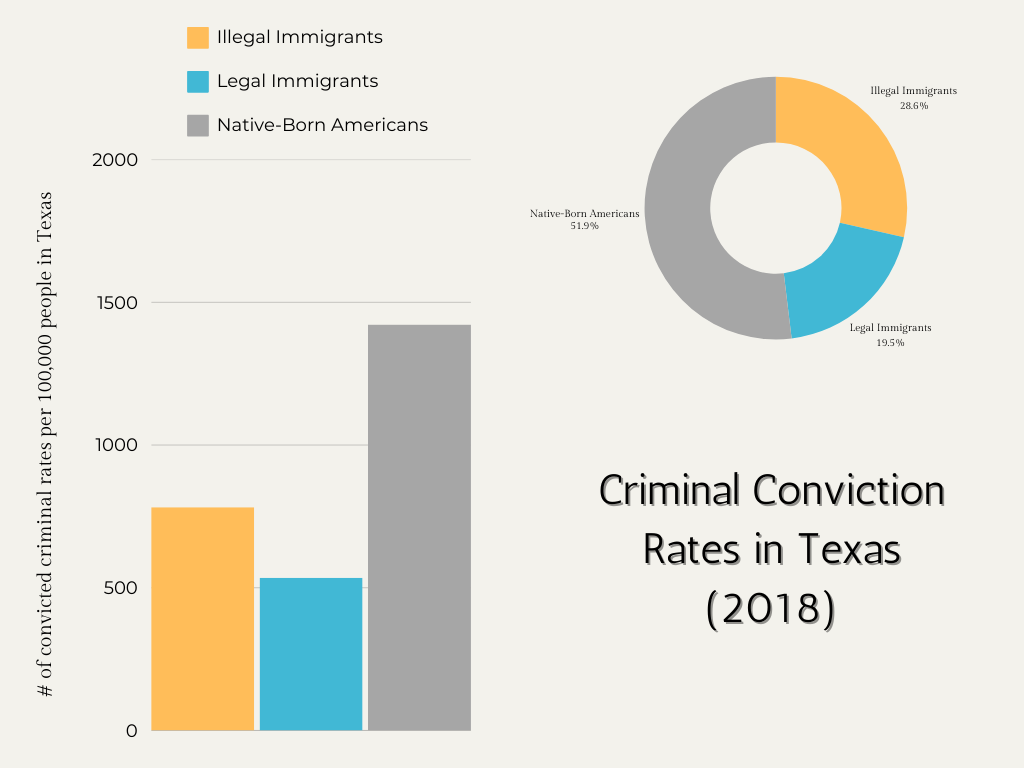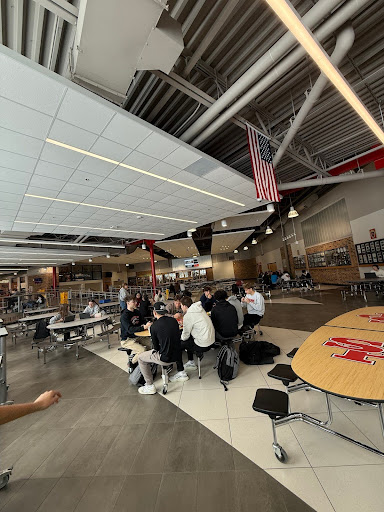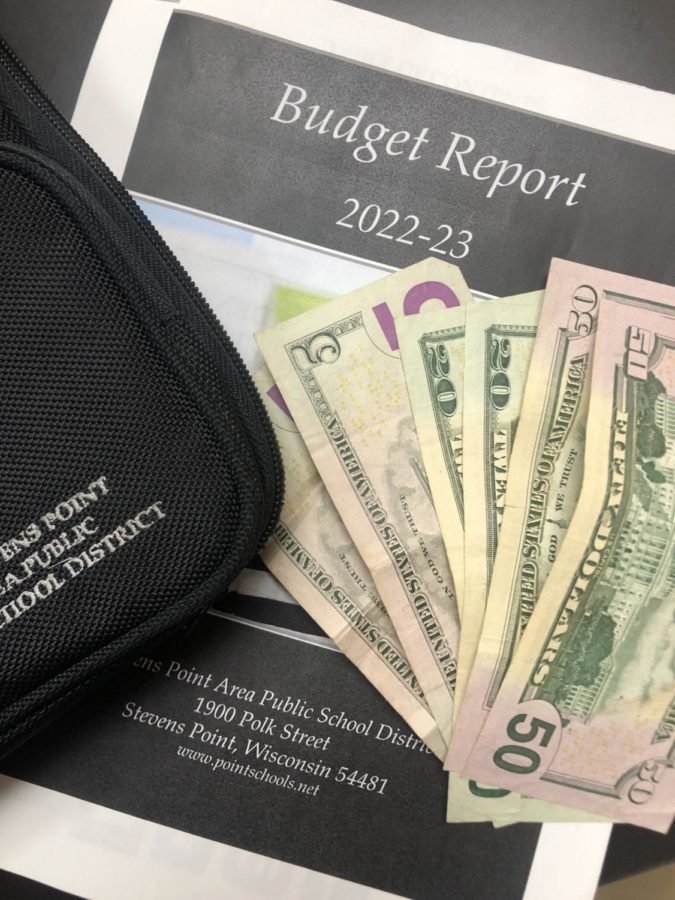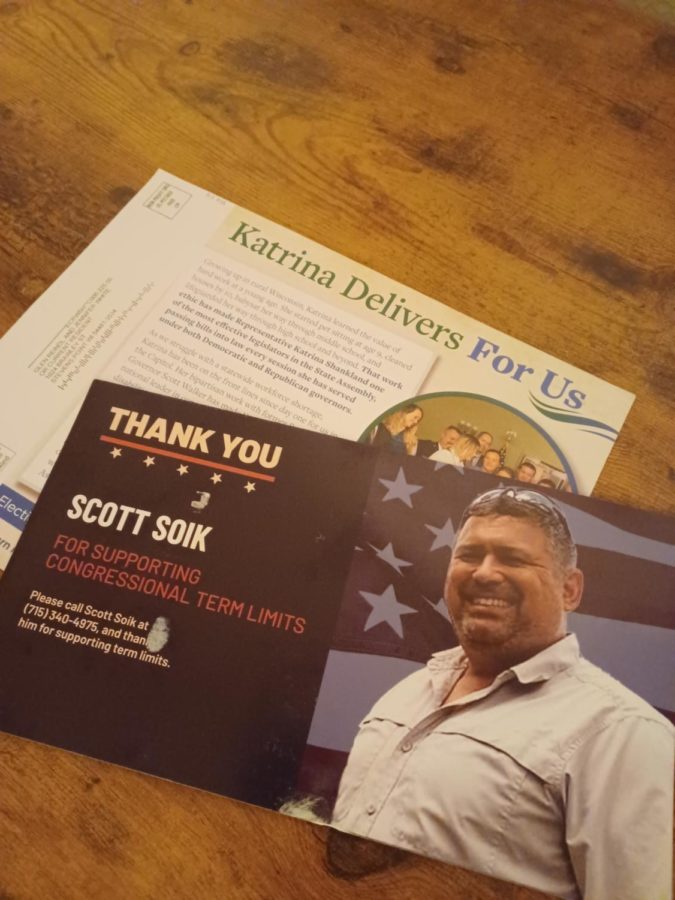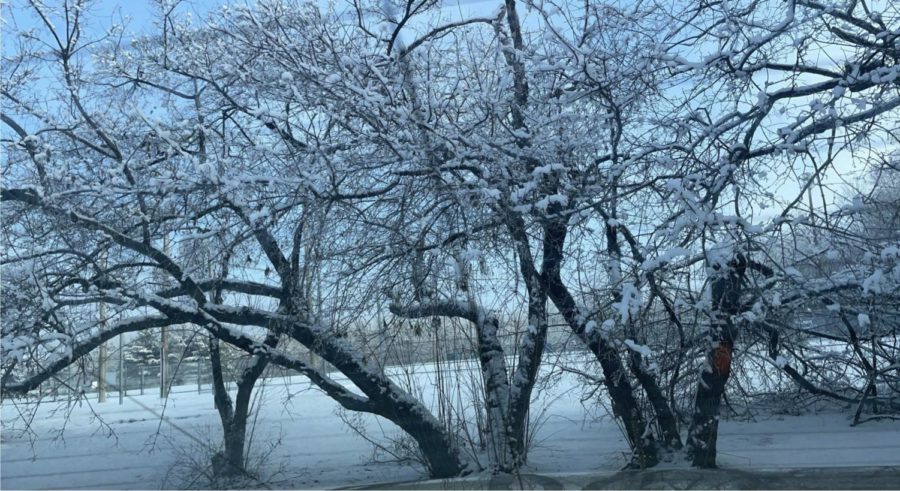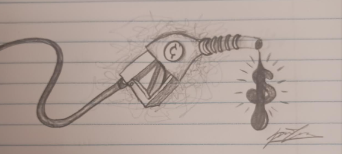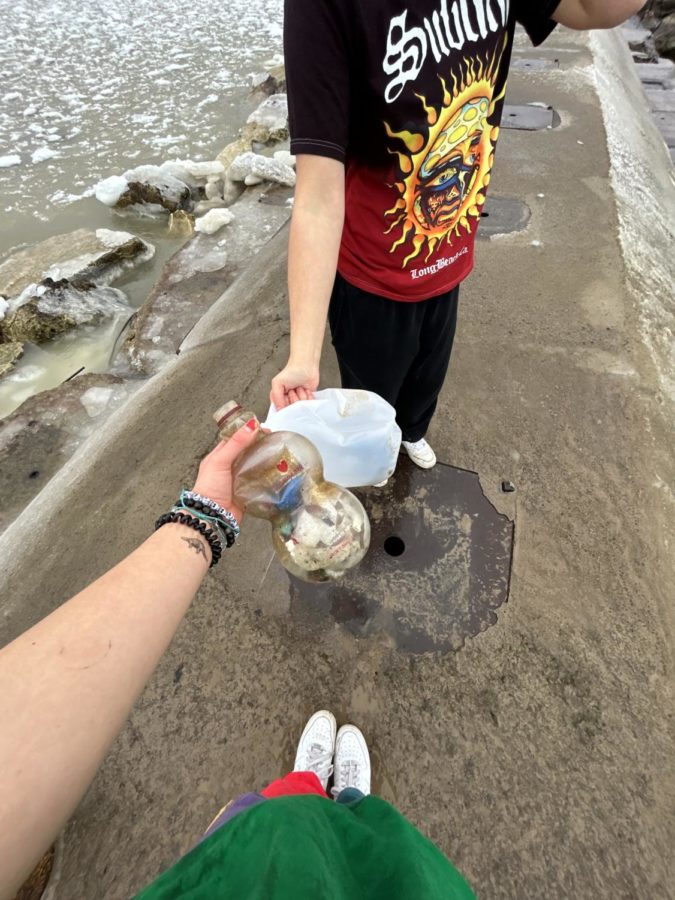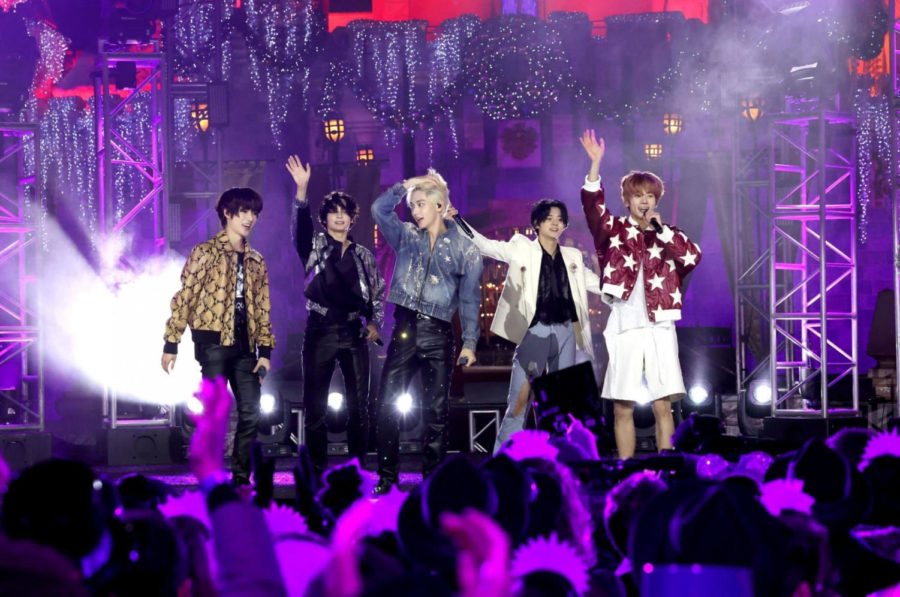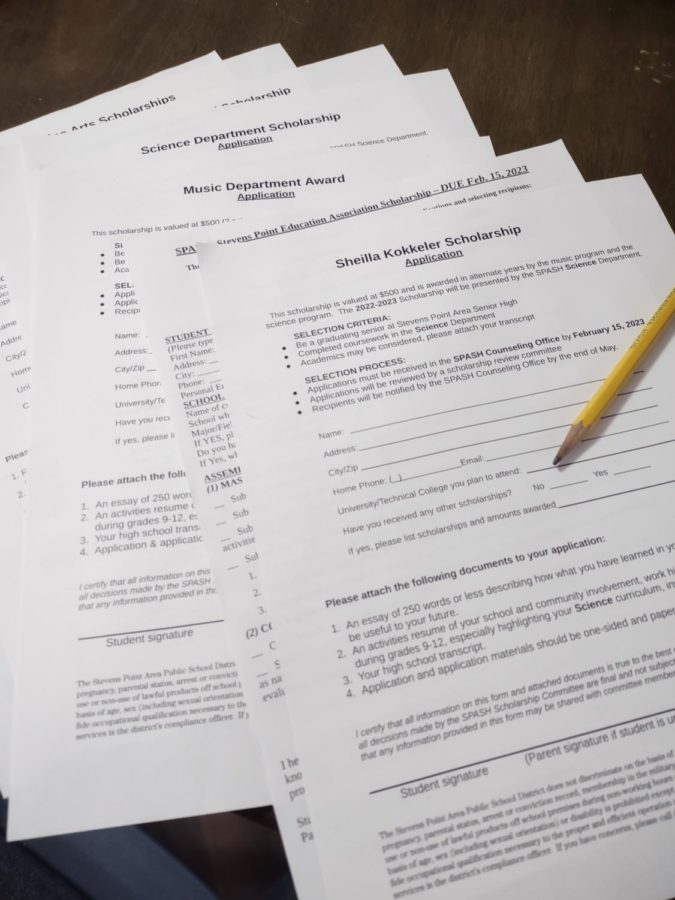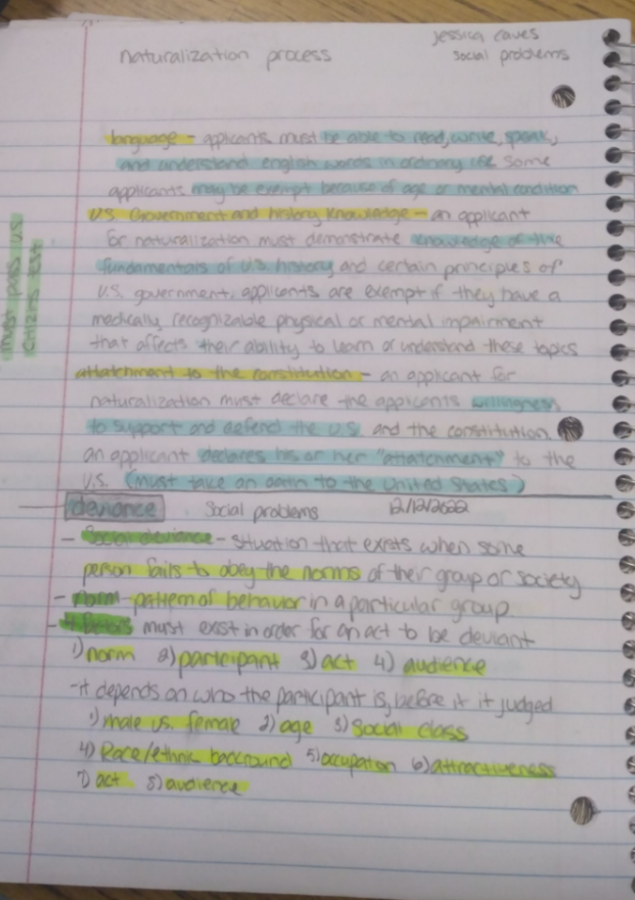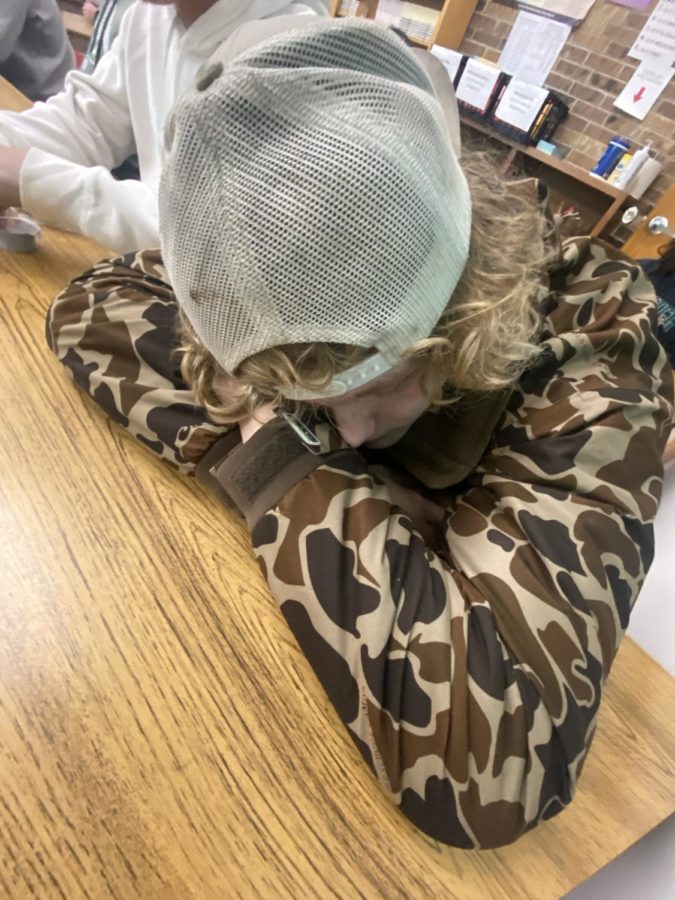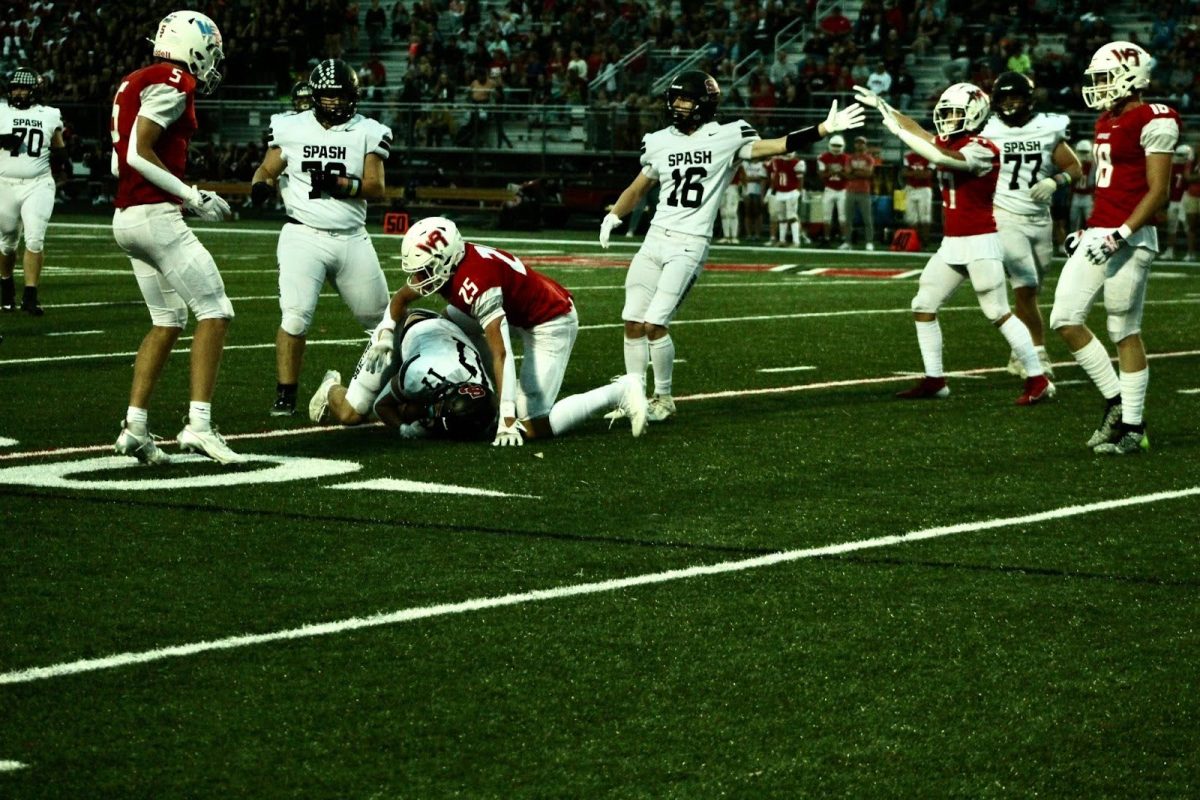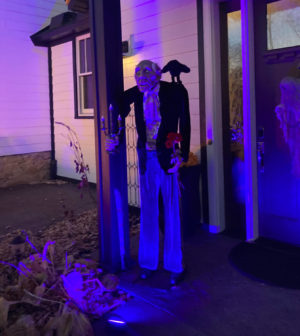A non-connection problem with the Japanese American, only proving it with loyalties by risking their own life to serve their Country
January 20, 2022
When reading something that relates with our history of our conflicts, I always find it intriguing to find a way to make something fictional that could actually turn reality. That usually brings a character into stories that connect others in that may have experienced this situation.
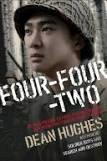 Introduction of Four-Four-Two (Book)
Introduction of Four-Four-Two (Book)
For better background knowledge the book, Four-Four-Two, has a small part of U.S. history
(Pearl Harbor/Internment Camp) connected within this story.
The story usually made this fictional inspiration, is that they bring events that actually create changes and turn that into part of the reality of the characters. Though a battlefield with extremely small details, in parting of their Journey to end the War so that their loyalties could be served with honor. Hopefully the aftermath is to be treated as a fellow American.
It is mostly about a fictional character named Yuki Nakahara without any war/combat experience and enlisted himself to serve his country, America. A young male teen who is only the age of 17 as his goal is trying to prove his loyalties, though knowing it was going to be complicated to preserve that purpose because of his own ethnicity being a JA (Japanese American).
Even with little experience, not knowing about any of the reasons for these conflicts happening to his race. As the story Controversial there is little known that is gained throughout his experience along with the J-A military units. Mostly finding through his own thoughts would have to find ways to serve his country justice and his people by defeating the Axis sides of the War.
Loyalty Questionnaires
During this time many JA were forced to take these “yes/no” questions to prove themselves if they were part either part of the Allies or Axis/Emperor of Japan side.
Which the JA thought they were being used since the Questionnaires were actually set up by the Governments who are usually in control of these internment camps.
With 10 different location of Internment camps spread throughout the western border of the U.S. each were set up with very tight security with every watch tower, especially one camp which is known as Tule Lake which out of all this one was mostly for those who answered that they were non-loyal to the U.S… though some were also there for other reasoning with (Conflict,Loyalties & Situational). As homes there wasn’t much privacy because of its small space & a lot of the other JA which are living under terrible conditions in a wasteful life of days in these camps which felt as being stuck in one area the whole day & year giving them an uncomfortable life with no freedom as an American. Though childrens were still able to go to their school for education, they were also treated differently even within the educational systems.
With all in total 120,000 JA were born in the U.S. during the time period, though with only 75,000-78,000 of them answering the Loyalty Questionnaire. -Losing connections with another, many family members were separated apart from another, the Americans would try anything, even interrogating the person to split out truth & reasons about the goal of the Emperor of Japan, similarity with this Event about Internment camps to the book Four-Four-Two, Yuki Father would mostly be one of the first thing encounter throughout the whole story which because He was a newspaper writer that could sent to his old homeland, which could be very reasonable of how they even know about the information of trying to bombard the city, as it was cats in the air chasing mices.
Timelines of Internment camps
(1941-1945) With senses that oddly describe being a high value target. In the U.S. during this time of year, many Americans see the JA as a huge change of their opinion when hearing stories about Pearl Harbor with thousands of enlisted military service life gone, As when knowing it took time to find out it was part of a very early mission there that lasted almost close to an hour.
Then in the past there were many that concluded propaganda and & sent JA into internment camps though the concentration camp has a more impactful background than the way the U.S. did to their people in the camps.
(1942) On this year President D. Roosevelt has setted executive order 9066.
By this year many government officials had used this strict order by forcing the JA to do the Loyalty Questionnaire. Many of these questions confused many of the JA since some couldn’t read or write English very well.
(1943-1944) After the War still continues almost all the JA were forcely in these Internment camps, as for most are separated from their families, with a total of 120,000 JA. As 5,000 included are to fight against the Axis side to serve and prove themselves with fate with loyalties that they are part of America.
(1946) Within the internment camps the JA were intentionally gaining back their freedom after 5-6 years after P-H in Hawaii. Aftermath of that, many were mostly left with nothing besides the items that they were told to only take out of their homes as a result with no plan. Out of all of these camps the Internment camp (Tule Lake) these are the JA who are mainly with no sign of they’re loyalties as for most U.S. they’re also known as repriates. With the U.S. side, for they’re end of the results they were mainly sent back to they’re old homeland (Japan) assigned by the Government that took control of the camps.
(1976) President Ford officially repealed the Executive order 9066 & on (1988) The Congress also sent out an apology “Civil Liberties Act” which awarding $20,000 to almost 80,000 Japanese Americans as of for their mistreatment during the War, being mistakenly known as spies.
OverHaul of my opinion and recommendation to (Dramatic/Conflict) readers.
This book was mostly inspired by Dean Hughes who likes to write books about the conflict & situation throughout WWII and with many characters facing crisis to stop the Axis sides from overpowering throughout the nation miserably. As Four-Four-Two was my first reading out of the author. His stories were very close to realistic though fictional and brings a good view out of the experience during WWll with very well chosen words and even quotes that fits into the stories.


